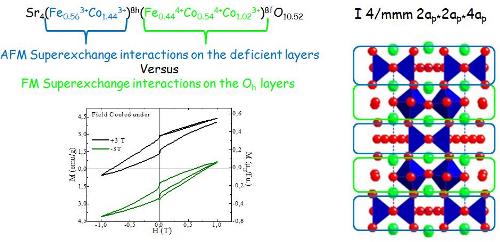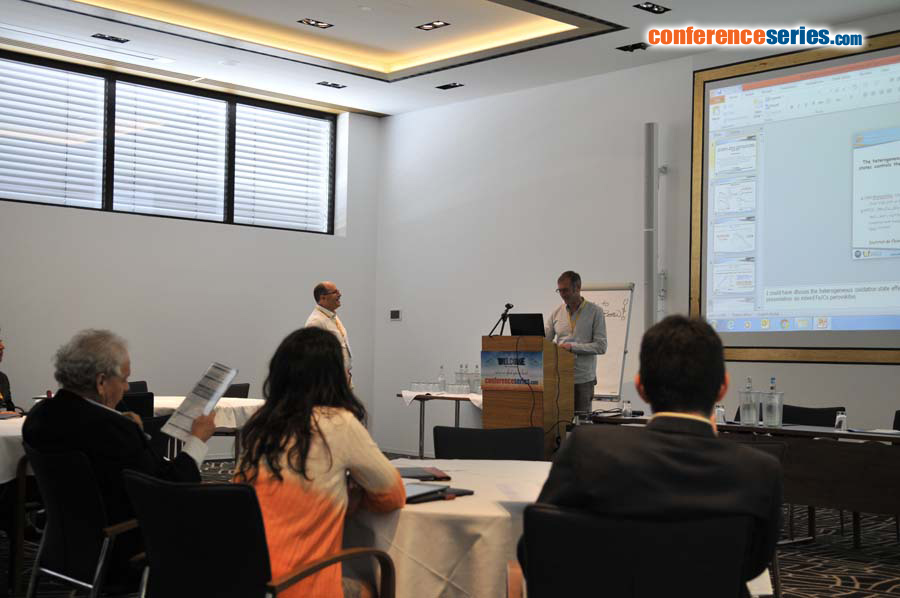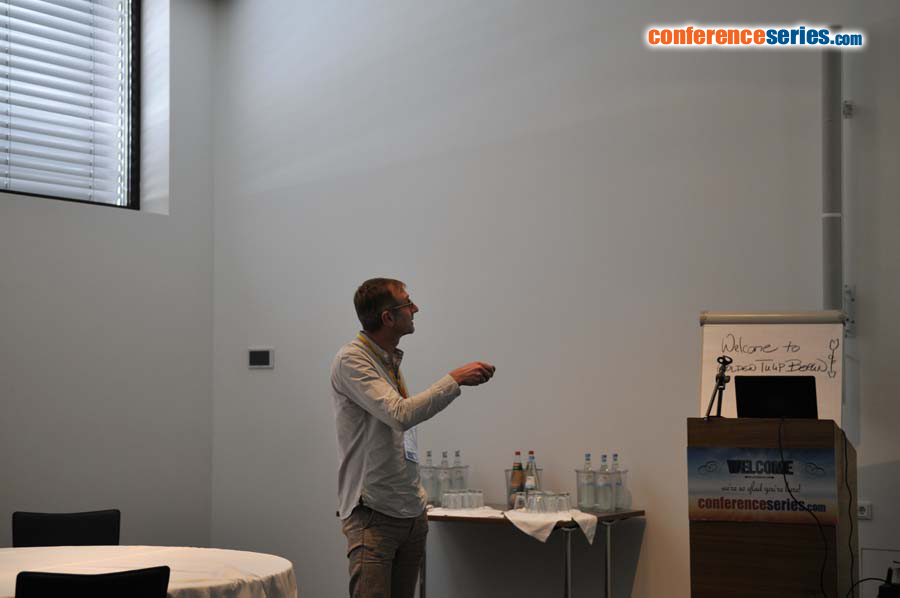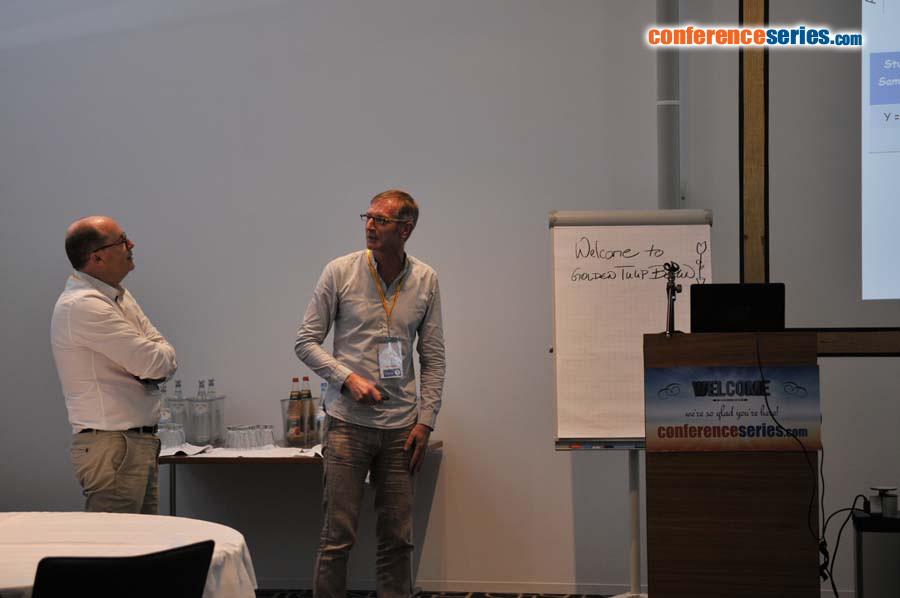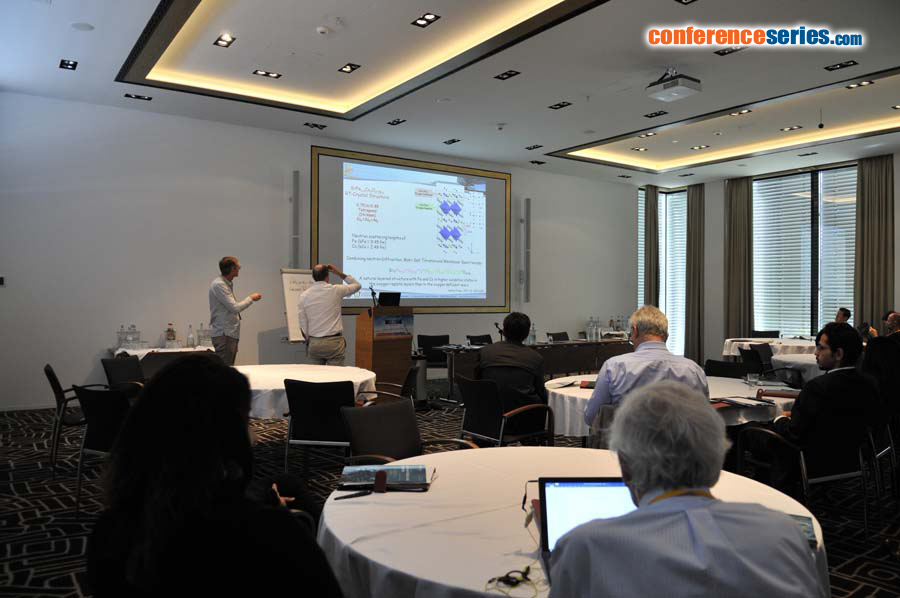
Olivier Toulemonde
University de Bordeaux, ICMCB-CNRS, France
Title: The heterogeneous distribution of the transition metal oxidation states controls the magnetic and electronic properties of perovskite related oxides
Biography
Biography: Olivier Toulemonde
Abstract
Transition metal oxides with ABO3 and A2BO4 are known as perovskite-type and K2NiF4 type structures, respectively. First, their ability to undergo reversible oxydo-reductions chemical reaction are technologically very attractive as electrodes in fuel cells (SOFC), as oxygen storage materials in anaerobic processes and as three way catalysts (TWC’s). In addition, it is the control of oxygen released and/or up taken that opens ways towards huge change of their physical properties such as metal/insulator transition and/or anti-ferromagnetic to ferromagnetic transition. When a single transition metal is introduced on the B crystallographic site, its oxidation state is indeed in direct relationship with the oxygen content. However, when two transition metal cations are introduced on the B crystallographic site, our recent results highlight that their relative oxidation states are closely related to a metal to metal charge transfer giving unexpected oxidation state distribution. In SrFe0.5Co0.5O3-y materials, we highlight that the distribution of cobalt and iron oxidation states is heterogeneous; indicating that oxidation of cobalt cation requires higher oxidation potential than for the iron ones. We emphasize the correlation in between the exhibited paramagnetic to ferromagnetic transition around room temperature and oxidation state distributions and, used that fact to better analyze the giant exchange bias like properties exhibited by SrFe0.25Co0.75O2.63 material (see figure). The influence of oxygen annealing in the electronic states for (Cu1-X MoX)Sr2RECu2O7+d (RE=Y, Er, Tm) has also been investigated. The predominance of the Mo(V) oxidation state over the Mo(VI) one on as-synthesized phases has been shown. But, annealing under flowing oxygen enhances both the Mo(VI) and Cu(II) amounts indicating molybdenum to copper charge transfer. Interestingly, the redox reaction related to the molybdenum to copper charge transfer is associated with a non-superconducting state to a superconducting state phase transition.


